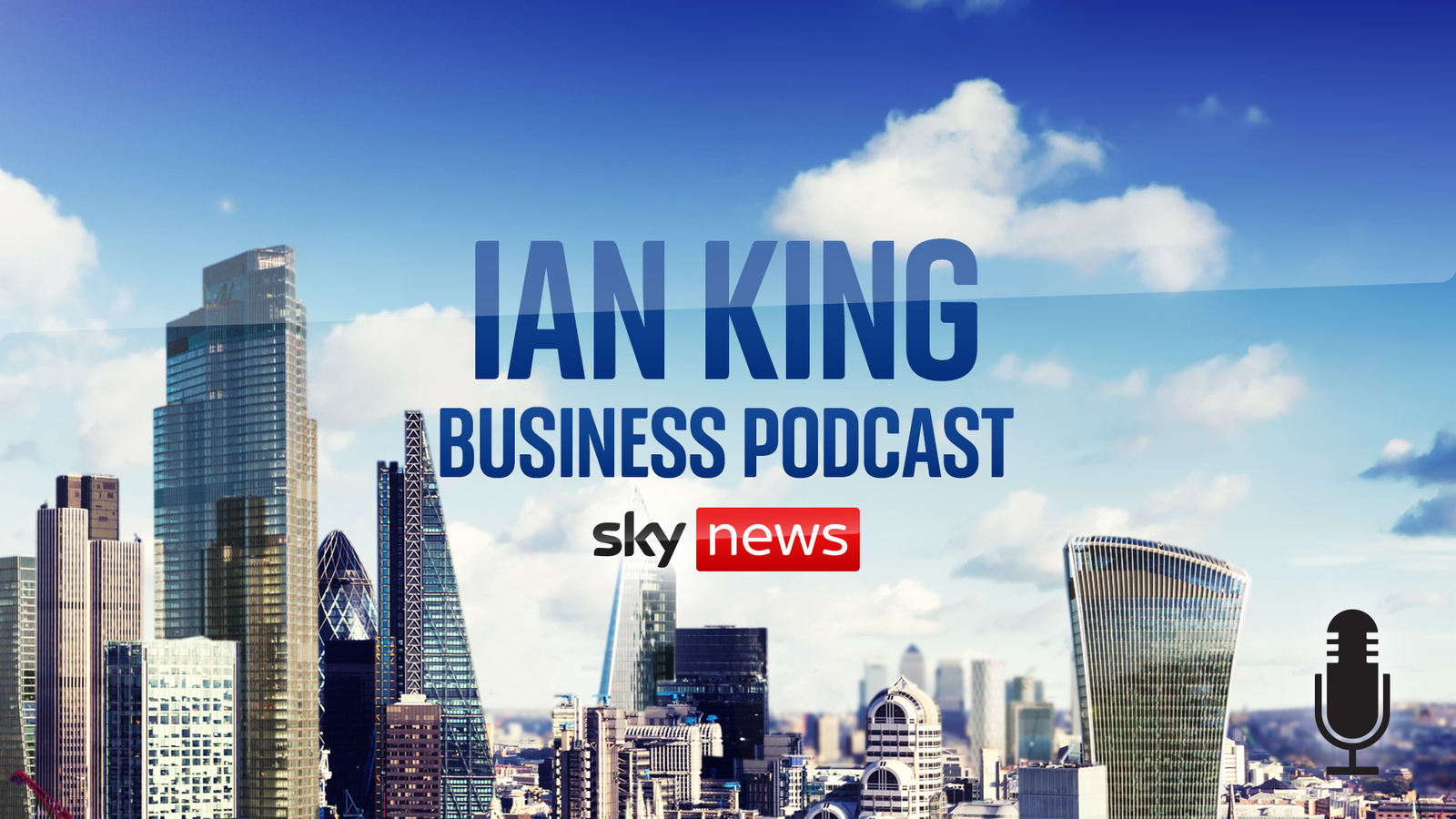Strikes, staff shortages and higher interest rates are behind the weakest service sector performance in two years, the latest economic data shows.
Recession warnings made by the Bank of England have been reinforced by the figures, released by a closely watched index of economic activity.
The Bank said on Thursday it expects the UK to enter a technical recession – two or more successive quarters of economic contraction. By 2026, total national income may still be below where it was in 2019, pre-pandemic, its forecasts also warned this week.
Last month, spending by businesses and consumers reduced output levels in the services industries to the lowest amount since the deep lockdown of January 2021, according to the S&P Global/CIPS UK manufacturing purchasing managers index (PMI).
The service industries accounted for 79% of total UK economic output from July to September 2022, according to the House of Commons library.
The PMI ranks services output on a numerical scale with figures below 50 indicating contraction.
January’s score indicated further economic shrinkage as the number fell to 48.7, down from 49.9 in December.
Rail strikes hit the economy in the opening days of 2023 as both RMT and Aslef unions staged a combined five days of industrial action.
Disruption has continued this month. Strike action that took place on 1 February was expected to cost the economy close to £100m, according to economists at the Centre for Business and Economic Research.
The figure included £68m of direct costs linked to lost working days in the railway and education sectors, as well as the civil service.
Read more from Sky News:
Why prepayment meter problem won’t go away
‘I’m here to kill the Queen’ – man admits treason
One of UK’s most wanted arrested
Staff shortages have posed problems for employers and caused wages to rise in an effort to lure would-be staff members.
Wages grew at their fastest rate in 20 years in the past year, though wage rises failed to keep up with inflation, official data from the Office for National Statistics recorded.
The latest data also demonstrated that unemployment is still only marginally above the lowest level since 1974.
But the updated economic picture is not totally bleak. A survey of businesses found their activity expectations for the coming year were the strongest reported since April 2022.
Optimism was seen thanks to the drop in fuel prices that brought input cost inflation to a 17-month low.
According to Tim Moore, a director for economic indicators & surveys at S&P Global Market Intelligence: “Intense pressure on costs from rising energy bills and tight labour market conditions led to another sharp rise in business expenses.”
He added: “Cost pressures are still higher than at any time in the two decades prior to the pandemic, but the overall rate of inflation eased to its lowest since August 2021 as reduced fuel prices offered some relief.”









